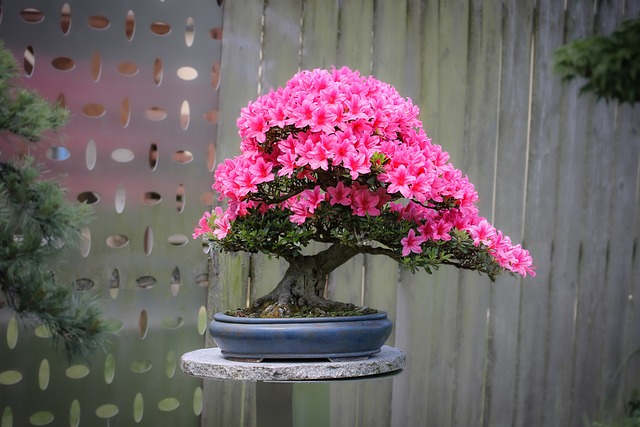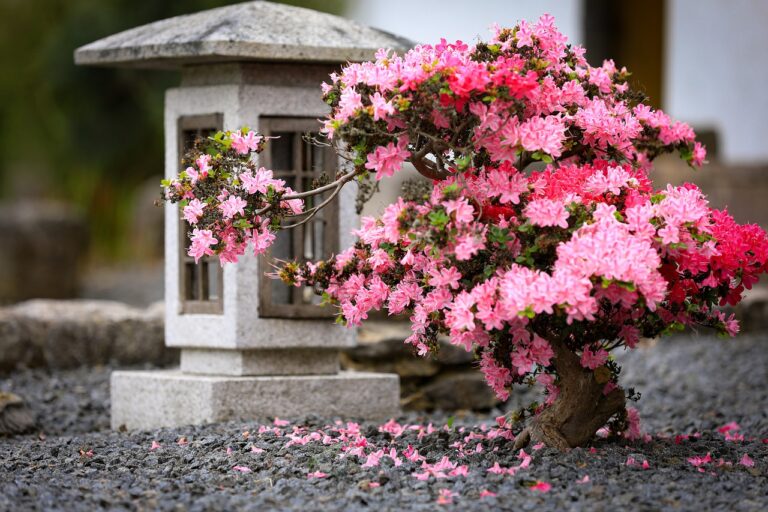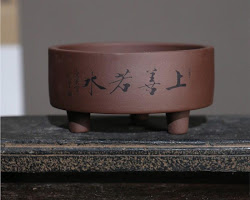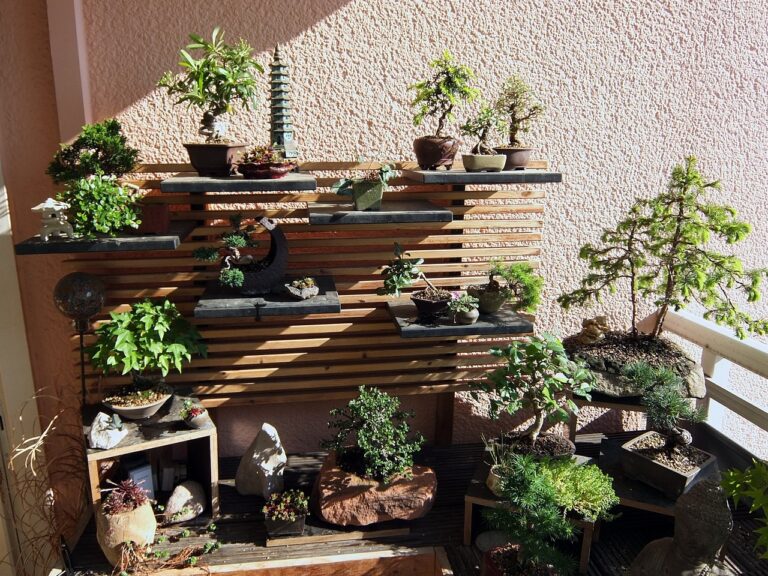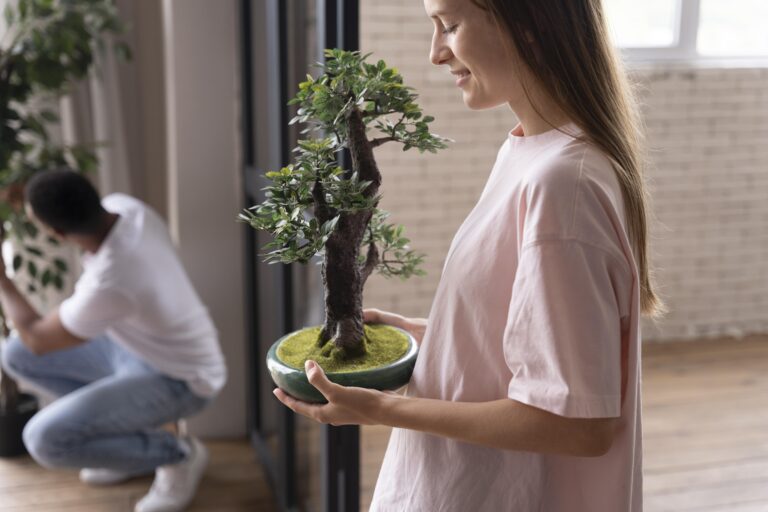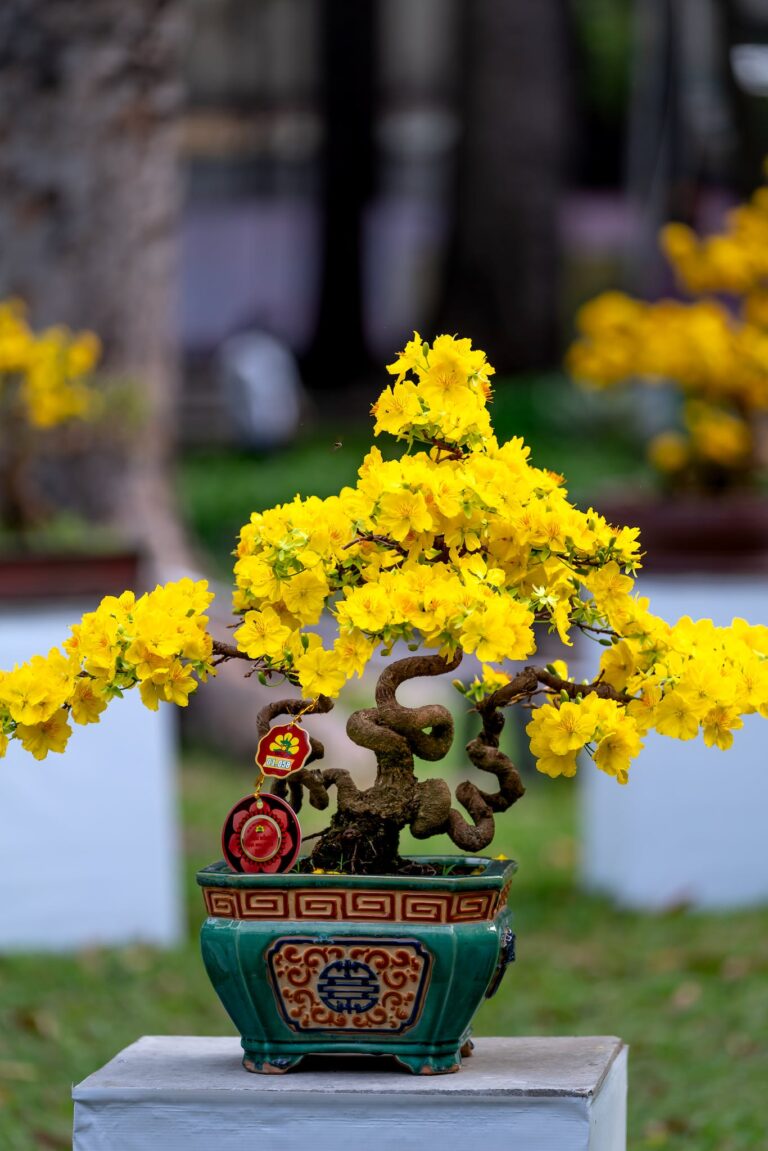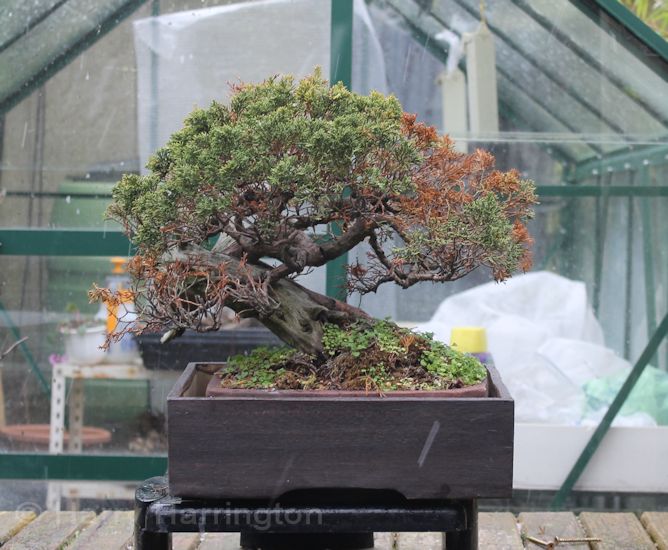When bonsai trees turn Pink?
Bonsai trees are admired for their artistic shape and the peacefulness they bring into a home or garden. One of the most captivating features of bonsai trees is their ability to display vibrant colors. Among these, pink is a particularly striking hue that attracts the attention of bonsai enthusiasts. However, when bonsai trees turn pink? This is a question that many people ask when they see these miniature trees in various shades. This article will delve deep into the factors that cause bonsai trees to turn pink, which species exhibit this color, and how to care for them to ensure they reach their full colorful potential.
Understanding Bonsai Trees and Their Natural Colors
Bonsai trees are essentially miniature versions of full-sized trees. Through careful pruning and cultivation, these small trees maintain the aesthetics of their larger counterparts while growing in small containers. Depending on the species, bonsai trees can display various colors, especially during different seasons.
But when bonsai trees turn pink? The truth is, that not all bonsai trees have the potential to develop pink foliage or blossoms. This transformation is species-specific and generally linked to the tree’s blooming cycle, seasonal changes, and environmental conditions. Let’s explore the species of bonsai trees that can turn pink and what triggers this change.

Species of Bonsai Trees That Turn Pink
- Cherry Blossom Bonsai (Prunus serrulata)Cherry Blossom bonsai, also known as Sakura bonsai in Japan, is one of the most popular species that can turn pink. The tree is famous for its beautiful pink flowers, which bloom during the spring. The pink color is not in the leaves but in the blossoms, which emerge in various shades from soft pink to deep pink, depending on the variety. These trees usually turn pink during the spring bloom, which can last from a few weeks to a couple of months, depending on the climate and care provided.
- Azalea Bonsai (Rhododendron)Azalea bonsai trees are another species that can develop pink hues. Azaleas are known for their stunning flowers, which can come in pink, red, purple, and white. The pink blooms typically appear in late spring to early summer. The intensity of the pink color can vary depending on the specific variety and the conditions in which the tree is grown.
- Japanese Maple Bonsai (Acer palmatum)While Japanese Maple bonsai trees are primarily known for their fiery red and orange autumn foliage, certain cultivars of this species can produce pinkish-red leaves during the spring or fall. The color change is a result of the tree’s natural response to the change in temperature and light exposure. In some cases, young leaves may emerge with a pinkish hue before turning darker as they mature.
- Bougainvillea Bonsai (Bougainvillea glabra)The Bougainvillea bonsai is not technically a tree but a flowering vine trained as a bonsai. Its vibrant pink bracts (often mistaken for flowers) make this species a favorite among bonsai enthusiasts. Bougainvillea trees turn pink when they bloom, which typically occurs during warm seasons, particularly in late spring through summer.
Factors Influencing When Bonsai Trees Turn Pink
Several factors influence when bonsai trees turn pink. These include the species of the tree, seasonal changes, environmental conditions, and the care provided by the bonsai enthusiast. Let’s explore these factors in more detail:
- Species As mentioned earlier, not all bonsai trees have the potential to turn pink. Species like Cherry Blossom, Azalea, Japanese Maple, and Bougainvillea are among the ones that can develop pink foliage or blossoms. The timing of the color change varies between species, so it is essential to know the specific characteristics of the bonsai tree you are growing.
- Seasonal Changes The most common time when bonsai trees turn pink is during the spring and early summer. Many flowering bonsai trees, such as Cherry Blossoms and Azaleas, bloom in the spring, and this is when their pink flowers are most visible. For deciduous species like Japanese Maple, the pinkish hue may appear during the spring or fall, depending on the cultivar and the weather conditions.
- Temperature Temperature plays a significant role in the timing of color changes in bonsai trees. Cooler temperatures in the fall can trigger deciduous trees to change color, sometimes resulting in pink or red foliage. Similarly, the warmth of spring encourages flowering trees to bloom, producing pink flowers.
- Sunlight Sunlight is crucial for the coloration of bonsai trees. For many species, exposure to direct sunlight for several hours a day is essential to bring out the vibrant pink colors. However, too much sun, especially in extremely hot climates, can cause the leaves or flowers to fade or burn, reducing the intensity of the pink hue.
- Soil and NutrientsHealthy soil rich in nutrients is vital for bonsai trees to thrive and show their true colors. Proper fertilization ensures that the tree receives the necessary minerals and nutrients to support its growth and flowering process. A lack of essential nutrients can result in weak blooms or leaves that fail to display vibrant colors.
- Watering Consistent and proper watering is essential for bonsai trees to flourish. Underwatering can lead to stress and poor flowering, while overwatering can cause root rot and other issues. Both extremes can impact the color of the blooms and leaves. Watering should be tailored to the specific needs of the bonsai species and the climate in which it is grown.
How to Care when Bonsai Trees Turn Pink
If you want to cultivate bonsai trees that turn pink, it is essential to provide them with the right care. Here are some tips to help you maintain their health and ensure vibrant pink colors:
- Choose the Right Species: The first step to having a pink bonsai tree is selecting a species that is capable of producing pink flowers or foliage. Research the different types of bonsai trees mentioned above and choose one that fits your climate and personal preferences.
- Monitor Light and Temperature; Ensure your bonsai tree receives adequate sunlight to encourage healthy growth and blooming. However, be cautious of excessive heat, which can damage the tree. If you live in a region with harsh sunlight, consider providing partial shade during the hottest part of the day.
- Water AppropriatelyPay attention to the watering needs of your bonsai tree. The soil should be kept moist but not soggy. Watering frequency will vary depending on the species, the size of the container, and the climate. Monitor the soil moisture regularly and adjust your watering routine accordingly.
- Fertilize RegularlyBonsai trees need regular fertilization to stay healthy and produce colorful blooms. Use a balanced fertilizer during the growing season and a fertilizer high in phosphorus to promote flowering. Be sure to follow the recommended application rates to avoid over-fertilizing, which can harm the tree.
- Prune and ShapePruning is essential in maintaining the bonsai’s shape and encouraging new growth. Regularly prune dead or weak branches and shape the tree to your desired form. This not only enhances the tree’s aesthetic appeal but also promotes healthy growth.
- Repot When NecessaryBonsai trees need to be repotted every few years to ensure their roots have enough space to grow and to refresh the soil. Repotting helps prevent root-bound conditions, which can limit the tree’s ability to absorb water and nutrients, affecting its overall health and ability to produce flowers or vibrant foliage.
Common Questions about when bonsai trees turn Pink
1. Why is my bonsai tree not turning pink?
If your bonsai tree is not turning pink, it may be due to a few factors:
- The species may not produce pink foliage or flowers.
- The tree may not be receiving the proper care, such as adequate sunlight, water, or nutrients.
- It may not be the right season for the tree to display pink colors.
2. How long do bonsai trees stay pink?
The duration that bonsai trees stay pink depends on the species. For flowering bonsai trees like Cherry Blossom and Azalea, the pink flowers typically last for a few weeks to a couple of months. For deciduous trees with pink foliage, the color may change throughout a season.
3. Can I make my bonsai tree turn pink artificially?
While you can’t force a bonsai tree to turn pink artificially, you can ensure it receives the right conditions to encourage pink blooms or foliage. This includes providing adequate sunlight, proper watering, and fertilization. However, the tree’s natural cycle and genetics ultimately determine when and how it will display pink hues.
4. Do bonsai trees turn pink in the fall?
Some species of bonsai trees, such as Japanese Maple, can develop pinkish or reddish foliage in the fall. This color change is triggered by the cooler temperatures and shorter daylight hours of the autumn season. However, not all bonsai trees will turn pink in the fall; this is species-dependent.
Conclusion
The phenomenon of when bonsai trees turn pink is closely linked to the species, seasonal changes, and the care provided by the gardener. While not all bonsai trees will turn pink, those that do, such as Cherry Blossom, Azalea, Japanese Maple, and Bougainvillea, offer a breathtaking display of color that adds to their beauty and charm.
For bonsai enthusiasts looking to cultivate trees with pink foliage or blossoms, it is essential to choose the right species and provide the appropriate care. By understanding the needs of your bonsai tree and creating the optimal environment, you can enjoy the vibrant colors and delicate beauty that these miniature trees have to offer.

